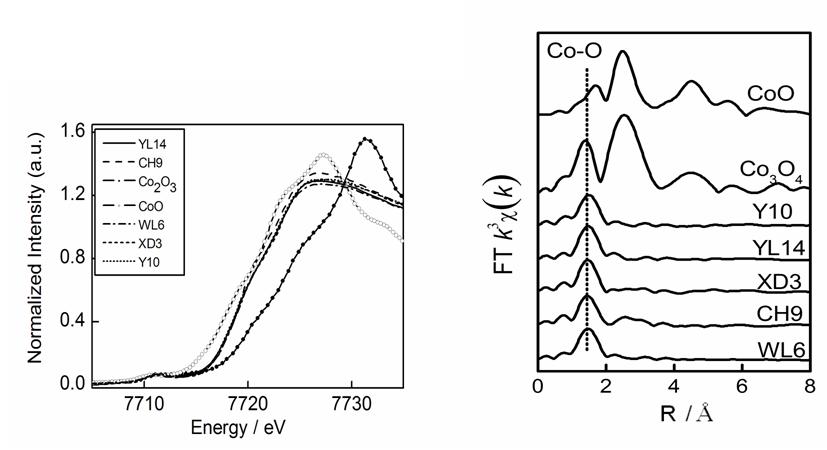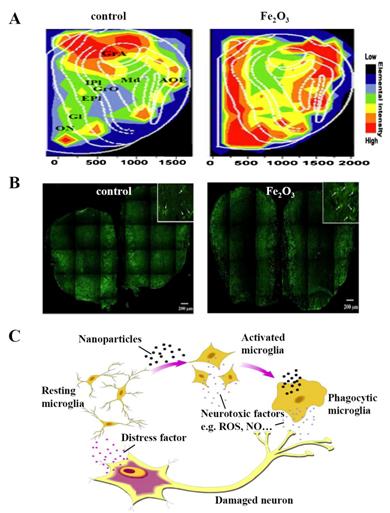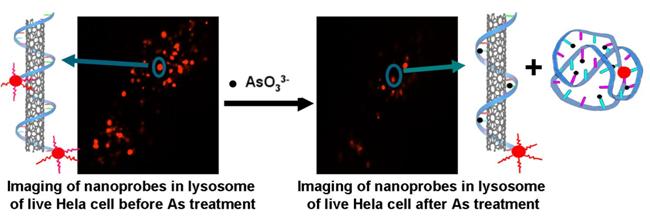
News and Events
Science Highlights
Home /
|
|
|
Recently, researchers in Key Laboratory of Organic Solids, Institute of Chemistry, Chinese Academy of Sciences have made great progress in this field. The develop a series of highly π-extended copolymers containing diketopyrrolopyrrole (DPP) and (E)-2-(2-(thiophen-2-yl) vinyl)thiophene (TVT) moieties (Figure 1). The as-synthesized copolymer PDVT-8 with short 2-octyldodecyl side-chains showed a high field-effect m...
|
|
|
|
Since the layer of blue pigments was between the glaze and body, little is known about the elements’ oxidation and chemical environment which is directly correlated to the origin of blue color. X-ray absorption fine structure (XAFS) is an atomic probe and has demonstrated its power to investigate the oxidation and local structure of transition element at the molecular scale in recent years. For further understand...
|
|
|
|
The micro-distribution mapping of iron in the rat brain after nanoparticle intranasal exposure was achieved by synchrotron radiation micro-beam X-ray fluorescence (SR-μXRF) at the Beijing Synchrotron Radiation Facility (BSRF) 4W1B beamline, with space resolution of several micrometer and detection limit of ng/g range. The incident beam was focused approximately 20 × 30 μm by a Pb collimator with two cross-slice...
|
|
|
|
Recently, arsenite (As) have been applied to treat the acute promyelocytic leukemia (APL) successfully. Further research revealed that the apoptotic effects of arsenic are not restricted to APL cells but also can be observed in other malignant cells in vitro.
There are at least three different molecular mechanisms are proposed but not uniform. Note that all these molecular mechanisms are contrary with each other ...
|
|
|
|
The rove beetles (Insecta, Coleoptera, Staphylinidae) are mainly predators. They use the mandible of their mouthparts to bite food. According to previous morphological studies, three different types of mandibles and heads can be recognized. Presently, the relationship of the head shapes and the robustness of mandibles in rove beetles as well as in other beetle groups is a matter of debate. The group Molecular syst...
|
|
|
|
The 5′-cap structure is a distinct feature of eukaryotic mRNAs, and eukaryotic viruses generally modify the 5′-end of viral RNAs to mimic cellular mRNA structure, which is important for RNA stability, protein translation and viral immune escape. SARS coronavirus (SARS-CoV) encodes two S-adenosyl-L-methionine (SAM)-dependent methyltransferases (MTase) which sequentially methylate the RNA cap at guanosine-N7 and r...
|

Copyright © 2011 - 2012 Beijing Synchrotron Radiation Facility






